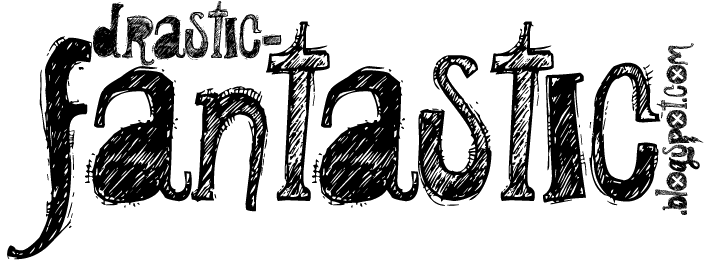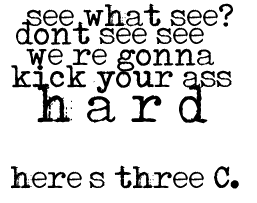Tuesday, September 9, 2008
If you were offered the chance to visit any country in the worldwide , where would you go & why ?
LONDON in Great Britain
- the largest urban area in the capital of Great Britain
- the world's leading business financial, and one of the most leading cultural centres, and its influence in policies, education, entertainment, media, fashion, and the arts all contributed to its status as its major global city
-the city of major tourist destination
-London's diverse population draws from a wide range of peoples, cultures, and religions, and over 300 languages are spoken within the city.
-As of 2006, it has an official population of 7,512,400 within the boundaries of Greater London and is the most populous municipality in the European Union
-As of 2001, the Greater London Urban Area has a population of 8,278,251 and the metropolitan area is estimated to have a total population of between 12 and 14 million
-London is the current Olympic City and will be hosting the 2012 Summer Olympics
2012 Summer Olympic Games
-officially known as the Games of the XXX Olympiad, are due to be celebrated in London from 27 July to 12 August 2012.
-the first city to officially host the modern Olympic Games three times,having previously done so in 1908 and in 1948
FOUR WORLD HERITAGE SITE :
1. Palace of Westminster
 - known as the Houses of Parliament or Westminster Palace
- known as the Houses of Parliament or Westminster Palace-where the House of Lords and the House of Commons meet
-palace lies on the north bank of the River Thames in the London borough of the City of Westminster, close to other government buildings in Whitehall
LONDON EYE
 -known as the Millennium Wheel
-known as the Millennium Wheel-the tallest (135 metres (443 ft)) Ferris wheel in Europe
-the most popular paid tourist attraction in the United Kingdom
-visited by over 3 million people a year
- erected it was the tallest Ferris wheel in the world, until it was surpassed by the Star of Nanchang (160m) in May 2006, and then the Singapore Flyer (165m) on February 11 2008.However, it is still described as "the world's tallest cantilevered observation wheel" (because the entire structure is supported by an A-frame on one side only) by its operators.
-located at the western end of Jubilee Gardens, on the South Bank of the River Thames in London, United Kingdom, between Westminster Bridge and Hungerford Bridge. The site is adjacent to that of the former Dome of Discovery, which was built for the Festival of Britain in 1951.
CLOCK TOWER
 -the world's biggest four-faced, chiming clock
-the world's biggest four-faced, chiming clock-the structure is situated at the north-eastern end of the Houses of Parliament
-often colloquially referred to as Big Ben, which is actually the nickname of the main bell housed within the tower (formally known as the Great Bell).
-also been referred to as The Tower of Big Ben and, incorrectly, St Stephen's Tower, which is actually the spired tower towards the middle of the Palace and is also the main point of entry for attendees of debates and committees.
2. Westminster Abbey & Saint Magaret's Church
 -the Collegiate Church of St Peter
-the Collegiate Church of St Peter-always referred to by its original name of Westminster Abbey
-large, mainly Gothic church, just to the west of the Palace of Westminster
-the traditional place of coronation and burial site for English and later British monarchs. It briefly held the status of a cathedral from 1546–1556, and is currently a Royal Peculiar
3.Tower of London

Her Majesty's Royal Palace and Fortress, more commonly known as the Tower of London (and historically as The Tower), is a historic monument in central London, England, on the north bank of the River Thames.It is located within the London Borough of Tower Hamlets and is separated from the eastern edge of the City of London by the open space known as Tower Hill.The Tower of London is often identified with the White Tower, the original stark square fortress built by William the Conqueror in 1078. However, the tower as a whole is a complex of several buildings set within two concentric rings of defensive walls and a moat.The tower's primary function was a fortress, a royal palace, and a prison (particularly for high status and royal prisoners, such as the Princes in the Tower and the future Queen Elizabeth I). This last use has led to the phrase "sent to the Tower" (meaning "imprisoned"). It has also served as a place of execution and torture, an armoury, a treasury, a zoo, the Royal Mint, a public records office, an observatory, and since 1303, the home of the Crown Jewels of the United Kingdom.
4.Royal Botanic Gardens, Kew

The Royal Botanic Gardens, Kew, usually referred to simply as Kew Gardens, are extensive gardens and botanical glasshouses between Richmond and Kew in southwest London, England. The director is Professor Stephen D. Hopper, who succeeded Professor Sir Peter Crane. The Royal Botanic Gardens, Kew is also the name of the organisation that runs Kew Gardens and Wakehurst Place gardens in Sussex. It is an internationally important botanical research and education institution with 700 staff and an income of £44 million for the year ended 31 March 2006, as well as a visitor attraction. The gardens are a Non-Departmental Public Body sponsored by the Department for Environment, Food and Rural Affairs.
done by : Cherry, Samuel, Wanhui, Shawn :):):):)
here's 3C.
7:29 PM;








